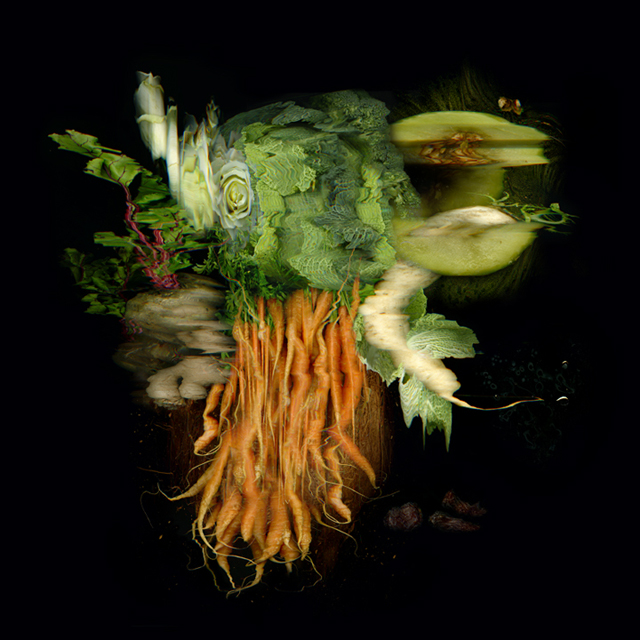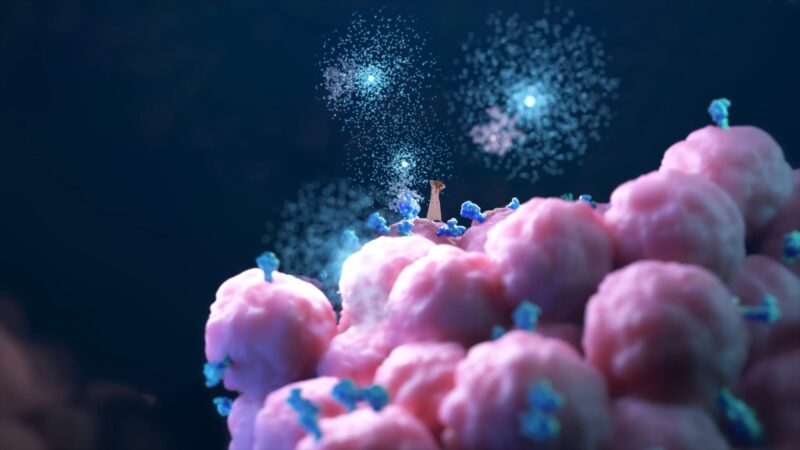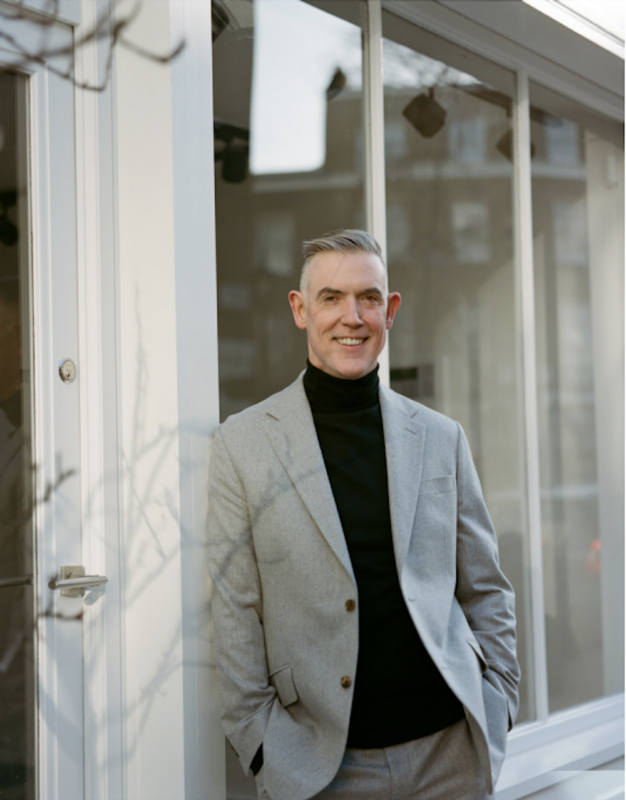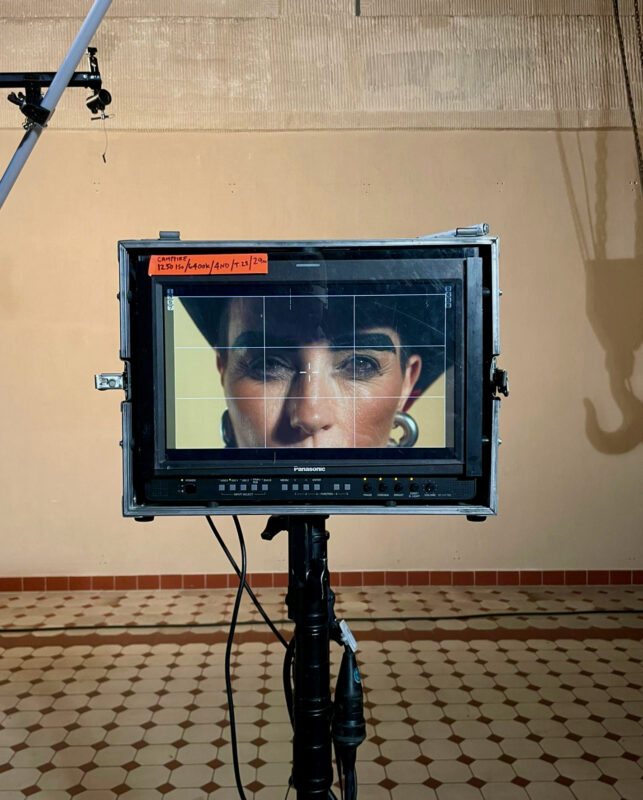Katherine’s work Embraces both traditional mediums and emerging digital technology, Central Saint Martins College of Art and Design graduate Katherine Melancon recently exhibited her performative photography at the jotta exhibition DEVOUR. Here Jotta delves deeper into her work
Technology features in the creation of your works, and often the actual process of using digital tools is evident in your art. What initially drew you to the use of digital?
I did my BA 12 years ago in Interactive Arts and have been active in digital arts ever since. On one side, I feel that the digital art community wants to distance itself from art deeply rooted within tradition, art looked upon as retrograde. On the other side, I think the “traditionalists” look at digital art as something gimmicky. I think that Art and Technology are coming together in a much more compelling way nowadays. Artists like Rafael Lozano-Hemmer are creating works that are deeply digital but are engaging even for people who are not familiar with the digital grammar. That is why I am excited about my ‘Still Life’ project: I wanted to create work that would bridge the tradition of art with the new tools of arts and that would not be confined to the digital culture.

With your interest in exploring the possible trickery of the brain and the limits of human perception, do you think technology is a further agent of deception, or that it stretches our awareness in new ways?
As a practicing artist, it definitely offers me new means to reveal life and to express ideas. I am not naïve about the ethical challenges engendered by Technology, but this is not what I am interested in. Henri Bergson says that our senses are limiters, that without our senses we would be overwhelmed by information. I think that technology allows us to go beyond our sterilizing senses. They are prosthesis, extending our capacities, questioning our limits and our ethic on these.
You explore and juxtapose traditional artistic conceptions with current technology, do you think that there is a tension between the old and the new, or do they lend to each other and allow each form to develop?
There are constant tensions between the old and the new. And this dialogue is fruitful, helping us to take a step further and to create new connections: the new disturbs normalcy and repetition, therefore tradition, it questions the order of things, therefore relationships of power. The ” standardization de-standardized “, we can now combine things that “should not ” come together. To me, this translates in projecting images on dust and filming it or plastering lard on a scanner to create a video from it.
Can you tell me about what some of your artistic influences are, which, if any, other artists impart direction to your ideas?
I am imprinted by some artist’s approach towards Material and Time. Artists like Roger Hiorns, Granular Synthesis, Matta-Clark and Takeshi Murata push the limits of the material they use. They expose the scars on immaterial or physical materials; It’s about stretching the limits again. Recent works on narrative and time from Parreno and Marclay are exciting. I am also very interested in projects like the Experiment Marathons and ideas of open source and prototyping, as promoted by the tandem Obrist-Eliasson.
Can you describe how you approach beginning a new piece – how does it come about for you?
I think it is a constant loop between reading/thinking and experimenting. Reading makes me aware and sensitive to certain ideas and more confident about what I am doing. Then, experimenting keeps me receptive to what happens at this exact moment, I enjoy this a lot. I like to use humble materials to celebrate the small things in life. And I think we can find these ideas in my video works.
When you are creating a piece, is it inevitable that you think about how it might be perceived and received by other viewers, or is a wholly personal process for you?
My work is often created in two phases. The first one is to create the material. Since I use mainly immaterial materials, I need to create those images or sound first, and yes, this phase is really about the process. The second phase is to assemble and edit. I will then be focusing on the clarity of my ideas, and not really the viewer, but I think it is somewhat related.
What are your plans for the future in terms of your art practice – where do you want to be doing ten years from now?
Conceptually, I want to have clarified my voice even further. I would like to have extended my practice with a larger palette of materials: use of space, sound and creating 3D objects (I am recreating ‘Still Life’ with a 3D scanner and then creating sculpture from there. At the moment I can’t find any software that is able to realise my idea!). Finally, I would like to have a nourishing collaboration with a gallery and to contribute to the art community.
See more of Katherine Melancon’s work on her jotta portfolio KATHERINEMELANCON.JOTTA.COM








